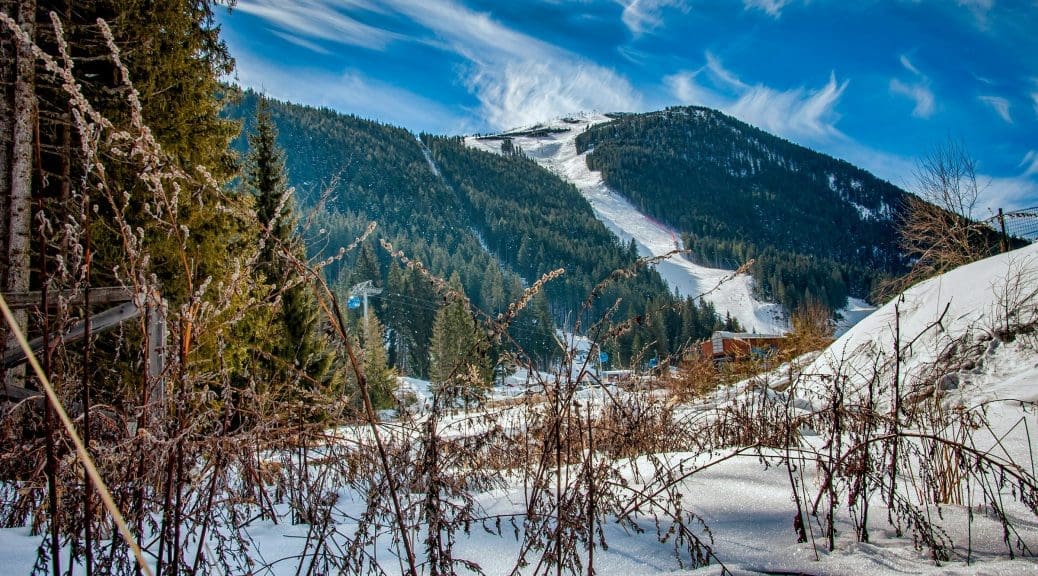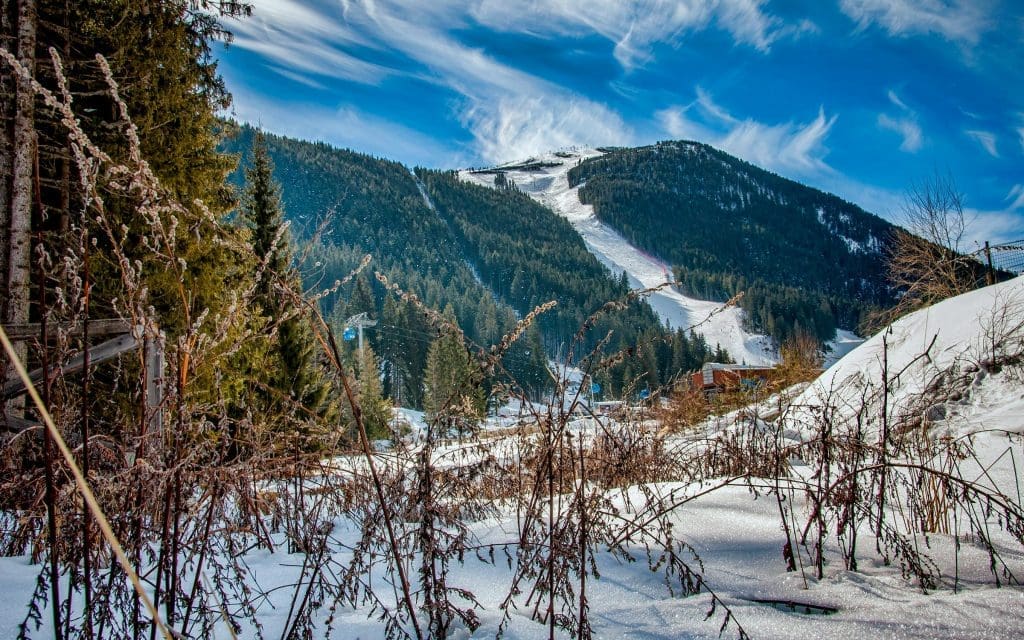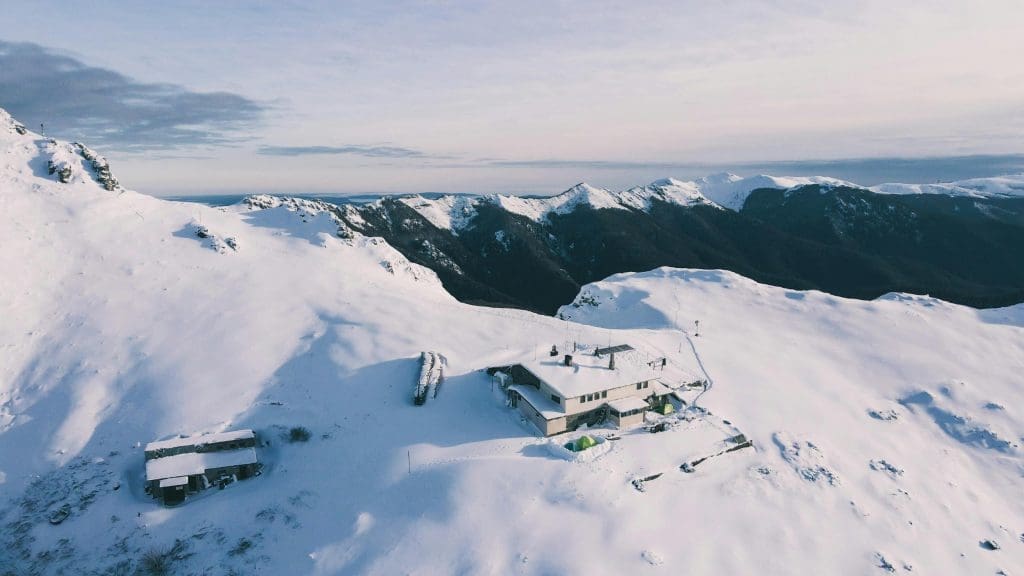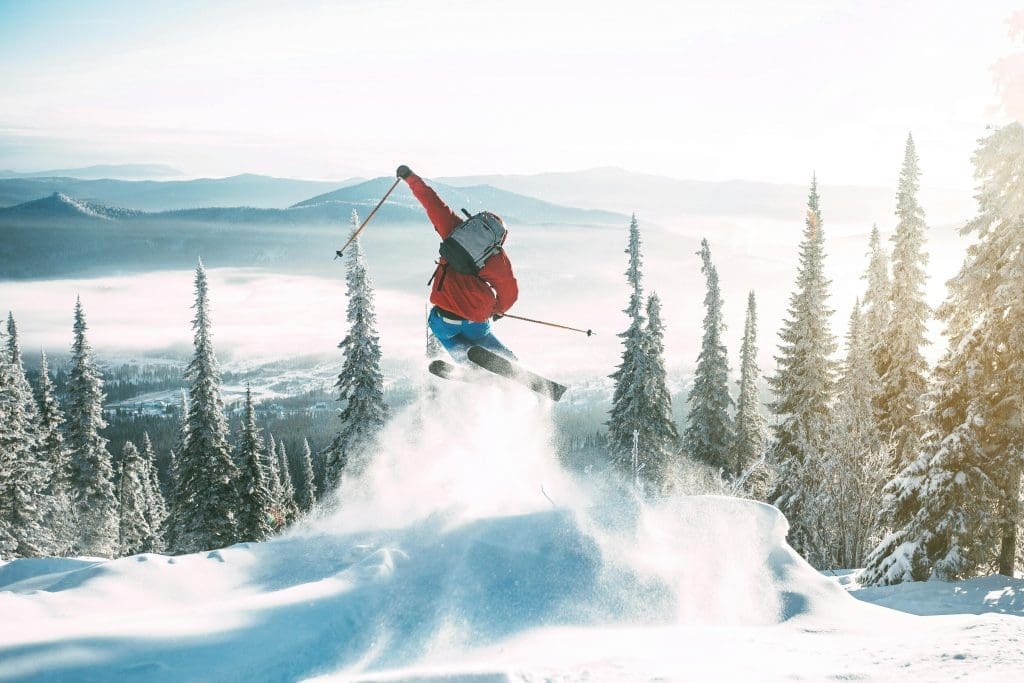
When is the Best Time to Ski in Bulgaria?
If you’re thinking about planning a ski holiday somewhere different this winter, Bulgaria is likely on your radar. It’s affordable, the scenery is impressive, and the resorts are surprisingly well-equipped. But one question tends to come up: When is the best time to go skiing in Bulgaria? And like most things travel-related – the answer depends on a few things.
Do you prefer quiet slopes or lively après-ski? Is your priority fresh powder, sunny weather, or saving money? Are you a beginner, an intermediate skier looking to progress, or more into snowboarding parks?
These details shape what best means for you. Still, we can definitely explore the general rhythm of Bulgaria’s skiing season, and what to expect month by month.

A Bit About the Bulgarian Ski Scene
Before we dive into timings, let’s set the scene.
Bulgaria might not be the first country that comes to mind when you think of a skiing holiday – especially if you’re used to the Alps. But that’s part of its charm. It’s more relaxed, less expensive, and yet the mountains still deliver on scenery and snow.
The two main mountain ranges where ski resorts are found are the Rila Mountains and the Pirin Mountains. The Rila range is home to Borovets – a resort with a long history, forested runs, and a lively atmosphere. Meanwhile, the Pirin range holds Bansko, probably the most popular ski area in the country right now. Then there’s Pamporovo in the Rhodope Mountains – smaller, quieter, great for families or beginners.
Each resort has a slightly different vibe, and they all have something to offer – but more on that later.
December: The Early Season (If You’re Lucky)
The skiing season in Bulgaria usually starts around mid-December. Some years, the snow arrives early, and you’ll get beautiful, fresh pistes in the weeks leading up to Christmas. Other years, it’s a bit more of a waiting game, with snow cannons doing most of the heavy lifting.
If you’re planning a trip in early December, it’s worth keeping expectations flexible. That said, hotels and ski passes are typically cheaper this time of year, and you’ll avoid the holiday crowds.
In places like Bansko, there’s often a soft opening in early December, depending on snowfall. But for the most part, the real action doesn’t begin until the festive period.
Christmas and New Year: Busy but Festive
From around 20th December through the first week of January, Bulgarian ski resorts come alive. It’s peak season – school holidays, Christmas lights, and packed slopes. If you’re someone who enjoys a lively atmosphere, this can be a fun time to go.
There are firework displays, festive dinners, and a general sense of celebration, especially in Bansko and Borovets. But be prepared for busier lifts and higher prices – not outrageous compared to Western Europe, but still noticeably more expensive than other times of the season.
Also, snow coverage around Christmas can still be a bit hit-or-miss in some years. So if reliable natural snow is high on your priority list, January might be a safer bet.
You May Also Like: Authentic Christmas in the Alps
January: The Sweet Spot for Snow
For many, January is the best time to ski in Bulgaria. Why? Because this is when the snow really settles in.
The temperatures drop – often well below freezing – which helps preserve conditions. Most of the runs are open, and the snow quality tends to be better than in December. You also get more space on the slopes compared to the holiday period.
Bansko offers long runs, a good variety of terrain for intermediate skiers, and a lively town centre with restaurants, bars, and even a few jazz clubs tucked into backstreets. In January, it’s cold but manageable – and you feel like you’re getting proper winter conditions.
Just pack accordingly. Days are short and chilly, so layering is essential, and don’t underestimate the wind on higher lifts.

February: Peak Season Returns (And the Snow Keeps Coming)
February is when many people – especially families from the UK and Europe – flock to the mountains during half-term. It’s the heart of the season. Snow coverage is solid, the sun begins to show up more often, and the resorts operate in full swing.
Prices go up again, particularly during the school break, and queues at lifts can be longer. But overall, it’s a fantastic time to ski in Bulgaria. The slopes are reliable, the après-ski is lively (without being over the top), and the days are just starting to stretch out a little.
If you don’t mind a bit of a crowd and want to enjoy Bulgaria’s ski resort offering at its most polished and active, February is a good choice. Bansko and Borovets both tend to put on events during this time too – small music festivals, themed evenings, or local celebrations that add character to your trip.
You May Also Like: Half-Term Family Ski Holidays in the Alps
March: Spring Conditions and Softer Snow
By March, the weather starts to change. Warmer days become more frequent, especially at lower altitudes, and the snow begins to soften in the afternoons. That said, March can be a lovely time to visit – especially in the first half of the month.
The ski areas are still open, and there’s more sunshine, fewer crowds, and sometimes discounted rates for lift passes and hotels. It’s easier to find last-minute deals during this period, and the lighter mood makes it a good time for more relaxed skiing and snowboarding.
If you’re learning to ski or prefer gentle slopes, spring conditions can actually be a bonus. Softer snow means easier falls (should you take a tumble), and there’s less of that icy crunch you sometimes get in January. For intermediate skiers who want a mix of progress and fun, March is a solid choice.
Just keep in mind that higher-altitude resorts like Bansko – with its north-facing slopes and better snow preservation – tend to fare better in spring than lower ones like Pamporovo.
April: Possible, But Patchy
Technically, you can still ski in April. In some years, Bansko stays open into the middle or even end of the month. But at that point, it’s less about full-on skiing and more about the novelty of getting a few late-season runs in under the sun.
The snow becomes slushy, some lifts may shut early, and services around the resort wind down. If you’re a die-hard who just wants one last trip to the mountains before summer – and don’t mind patchy conditions – it’s doable.
But for most, April is pushing it. Unless it’s a particularly snowy year, the best of the season is well behind you.
A Quick Look at the Resorts
To wrap things up, here’s a very brief breakdown of what each major resort brings to the table – depending on when you go.
- Bansko: Found in the Pirin Mountains, it’s the most developed and arguably best for varied terrain. Great for intermediate and advanced skiers, with long slopes and a modern lift system. The old town is charming too. Best visited from January to early March.
- Borovets: Set in the Rila Mountains, it’s a favourite for party-goers and younger crowds. Forested runs, good night skiing, and a fairly laid-back atmosphere. Ideal in January and February, though early March can be good too.
- Pamporovo: Smaller, quieter, and especially suitable for beginners and families. Lots of gentle runs, a friendly feel, and fewer crowds. Works well from late December through mid-March, depending on snow conditions.

So… When Is the Best Time?
If we’re being practical: late January to mid-February is probably your safest bet. Snow is reliable, the resorts are fully open, and the weather hasn’t warmed up too much yet.
But if you’re looking for good value, quieter pistes, and still-decent conditions? March can be really enjoyable, especially in Bansko.
And for those who want the festive feel and don’t mind a bit of a gamble on snow – Christmas and New Year are undeniably atmospheric.
So in short, the answer to when is the best time to ski in Bulgaria depends on your priorities. Snow? Savings? Atmosphere? Each part of the season has its strengths. You just have to pick what matters most for you.
Getting There
Travelling to Bulgarian ski resorts is fairly straightforward. Most visitors fly into Sofia Airport, which is the most convenient option for both Borovets and Bansko. From there, Borovets transfers take around 1.5 hours door to door, while Bansko transfers are closer to 2.5 hours depending on traffic and weather conditions.
If you’re heading to Pamporovo, things are a bit more complicated. You can either fly into Plovdiv (which is closer but has fewer flight options) or opt for Sofia and take a longer road transfer. The transfer from Sofia to Pamporovo can take up to 4 hours, so it’s worth factoring that into your plans.
For reliable, affordable door-to-door service, Alps2Alps offers transfers to all major Bulgarian resorts throughout the season.
A Few Last Things to Keep in Mind
Bulgaria offers something a bit different when it comes to winter holidays. It’s not the Alps, but that’s sort of the point. You get friendly resorts, decent terrain, surprisingly good food, and prices that don’t make your wallet wince.
If you’re wondering whether it’s worth the trip – yes, absolutely. Just give some thought to when you go. Because timing really can make all the difference.
And if you’re unsure, January never lets you down. Just bring a warm jacket.
Author Information
This article was co-written by…
Kathryn, Copywriter
Kathryn is a skilled copywriter with extensive experience creating compelling content for skiing and travel enthusiasts. Known for her creativity and deep connection to the Alpine lifestyle, Kathryn is driven by a love for storytelling and a dedication to sharing the magic of mountain adventures.

